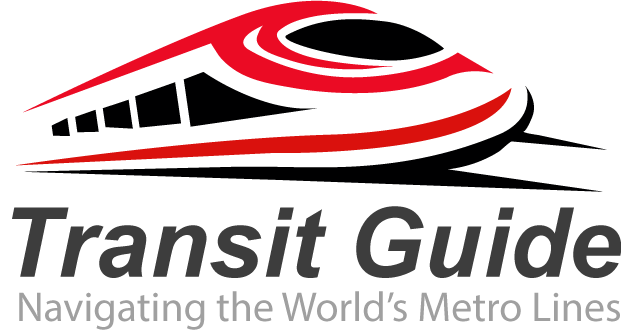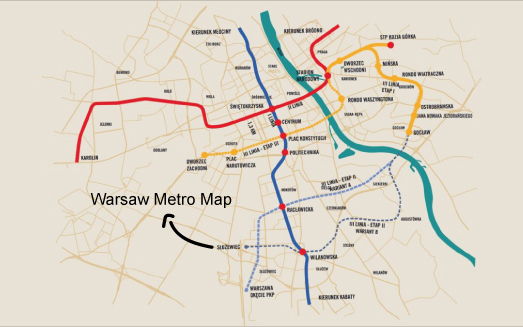The Warsaw Metro (Metro Warszawskie) serves as the backbone of public transportation in Poland’s bustling capital city. This modern underground railway system provides efficient, reliable transit for millions of passengers annually, connecting key districts and landmarks throughout Warsaw.
History and Development of Warsaw Metro
Warsaw’s metro system began operations in 1995, making it one of Europe’s newer underground networks. The project faced numerous delays due to political and economic challenges during Poland’s transition period. Today, the system continues expanding to meet the growing transportation needs of Warsaw’s 1.8 million residents and countless visitors.
Metro Lines and Coverage
The Warsaw Metro currently operates two main lines that form the foundation of the city’s rapid transit network:
Line M1 (Red Line) runs north-south through central Warsaw, connecting 21 stations across 23 kilometers. Key stops include Centrum, Politechnika, and Wilanowska, providing access to major business districts, shopping centers, and residential areas.
Line M2 (Blue Line) operates east-west, featuring 7 stations spanning 6.1 kilometers. This line connects the historic Praga district on the east bank of the Vistula River with the city center, including stops at Stadion Narodowy (National Stadium) and Centrum Nauki Kopernik.
Ticketing and Fares
The Warsaw Metro uses an integrated ticketing system shared with buses and trams throughout the city. Passengers can purchase single-ride tickets, day passes, or longer-term options. The Warszawska Karta Miejska (Warsaw City Card) offers convenient contactless payment for regular commuters. Ticket validation occurs before entering platform areas, and random inspections ensure fare compliance.
Operating Hours and Frequency
Metro trains typically operate from 5:00 AM to midnight on weekdays, with extended hours until 1:00 AM on Fridays and Saturdays. During peak hours, trains arrive every 2-3 minutes, while off-peak frequency ranges from 4-8 minutes. This reliable schedule makes the metro an excellent choice for both daily commuting and tourist exploration.
Accessibility and Modern Features
The Warsaw Metro prioritizes accessibility with elevator access at all stations, tactile guidance systems for visually impaired passengers, and designated spaces for wheelchairs and strollers. Modern trains feature air conditioning, digital information displays, and audio announcements in Polish and English.
Future Expansion Plans
Warsaw continues investing in metro infrastructure with ambitious expansion projects. Line M2 extension will add new stations reaching Warsaw’s western districts, while Line M3 is planned to serve the northern suburbs. These developments will significantly improve connectivity and reduce traffic congestion.
Tourist Benefits
For visitors, the Warsaw Metro provides convenient access to major attractions including the Palace of Culture and Science, Old Town (via bus connections), and the National Stadium. The clean, safe environment and multilingual signage make navigation straightforward for international travelers.
The Warsaw Metro represents Poland’s commitment to modern urban infrastructure, offering residents and visitors an efficient, comfortable way to navigate this historic yet rapidly modernizing European capital.

